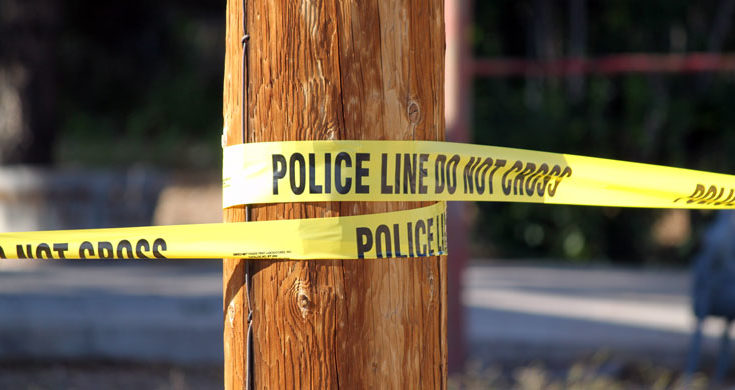When most people hear “crime scene cleanup,” they imagine wiping away visible stains and putting a space back in order. In reality, crime & trauma scene cleanup is a highly scientific process that goes far beyond surface-level cleaning.
Specialized teams rely on biology, chemistry, and safety science to make sure a space is truly safe for people to return. If you’ve ever wondered what really happens behind the scenes, here’s a closer look.
Why Standard Cleaning Isn’t Enough
Household cleaners and basic supplies aren’t designed to handle trauma scenes. Here’s why:
- Biohazards are invisible: Bloodborne pathogens like HIV and hepatitis B can survive outside the body for days.
- Odors penetrate deeply: Smells from decomposition can seep into walls, furniture, and even HVAC systems.
- Cross-contamination risks: Without proper containment, biohazards can spread to other areas of the home.
This is why professional crime & trauma scene cleanup is essential — it’s about health and safety, not just appearance.
The Biology of Cleanup
Biology plays a major role because cleanup teams deal with blood, body fluids, and sometimes tissue. Each of these can carry pathogens that put people at risk.
Professionals follow strict OSHA (Occupational Safety and Health Administration) standards for handling biohazards. This means:
- Wearing protective suits, gloves, and respirators
- Using specialized containers for medical waste
- Following disposal laws that prevent contamination of public landfills
Without these steps, dangerous microorganisms could spread long after the visible mess is gone.
The Chemistry of Disinfection
Cleaning alone doesn’t kill pathogens — it only removes dirt. That’s why chemical disinfectants are critical.
Cleanup teams use hospital-grade products that destroy bacteria, viruses, and fungi. Many of these chemicals must be applied with precision:
- Contact time: Disinfectants need minutes (not seconds) on surfaces to work.
- Proper dilution: Too strong can damage surfaces; too weak won’t be effective.
- Neutralization: Some chemicals must be followed by neutralizing agents to make the area safe for reentry.
According to a study cited by Forbes Health, surfaces in homes can harbor pathogens for extended periods if not disinfected properly, underscoring the importance of thorough cleaning.
The Physics of Odor Removal
One of the toughest challenges in trauma cleanup is odor. Standard sprays only mask smells. Professionals use machines like:
- Ozone generators: Break down odor molecules at the chemical level.
- Hydroxyl generators: Safer for occupied areas and break down volatile compounds.
These technologies don’t just cover smells — they eliminate them at the molecular level.
Time, Cost, and Effort
Families often ask how long this type of cleanup will take. The answer depends on contamination levels, the size of the area, and whether structural materials are affected. Here’s a general comparison:
| Type of Incident | Cleanup Time | Special Considerations |
| Small blood spill | 2–4 hours | Limited contamination |
| Violent crime scene | 12–24 hours | Multiple areas, higher risk |
| Unattended death | 1–3 days | Decomposition, odor removal |
Cleanup isn’t just cleaning — it’s a scientific process that ensures a home or property is safe again.
Why Families Shouldn’t Go It Alone
Even if you could buy professional-grade cleaners, the science of cleanup requires training. Families who attempt to clean trauma scenes themselves face risks such as:
- Exposure to infectious diseases
- Emotional trauma from handling reminders of the event
- Incomplete disinfection that leaves hidden dangers behind
Professional teams are trained to approach cleanup with compassion while applying scientific methods that restore safety.
Final Thoughts
Behind every professional crime & trauma scene cleanup is a combination of biology, chemistry, and physics working together. It’s not just about removing what you can see — it’s about eliminating what you can’t.
By relying on trained specialists, families and property owners in Glendale can rest assured that their spaces are not only clean but also safe, healthy, and ready to be lived in again.











